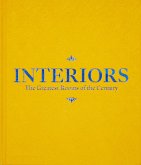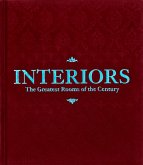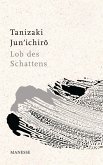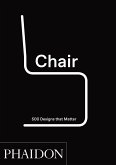This book offers a thorough examination of Japanese style. Through an in-depth study of Japanese art and culture, world-renowned scholar Gian Carlo Calza defines the very essence of that recognizable yet elusive quality that is Japanese style, equipping readers with the tools to fully understand and appreciate it. He draws connections between art, religion, history, philosophy and mythology, and examines specific examples of Japanese literature, art and architecture, from ancient times to the present. Beautifully illustrated with over 150 images, including paintings, prints, sculptures and photographs, this book is a perfect introduction to Japananese style and culture.
"Images are carefully chosen and beautifully juxtaposed."-IDFX
"This poetic book analyses complexities of Japanese style. Instead of straightforward case studies on well-known examples, it tackles underlying aspects of culture with references to Buddhism, mythology, Zen philosophy, architecture and the visual arts. Beautifully illustrated, and far more than just Ando, tea ceremonies and Noh theatre."-Building Design
"This poetic book analyses complexities of Japanese style. Instead of straightforward case studies on well-known examples, it tackles underlying aspects of culture with references to Buddhism, mythology, Zen philosophy, architecture and the visual arts. Beautifully illustrated, and far more than just Ando, tea ceremonies and Noh theatre."-Building Design









